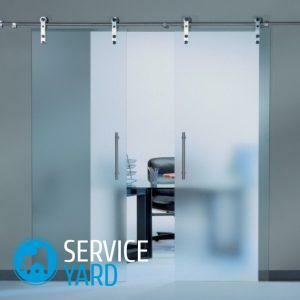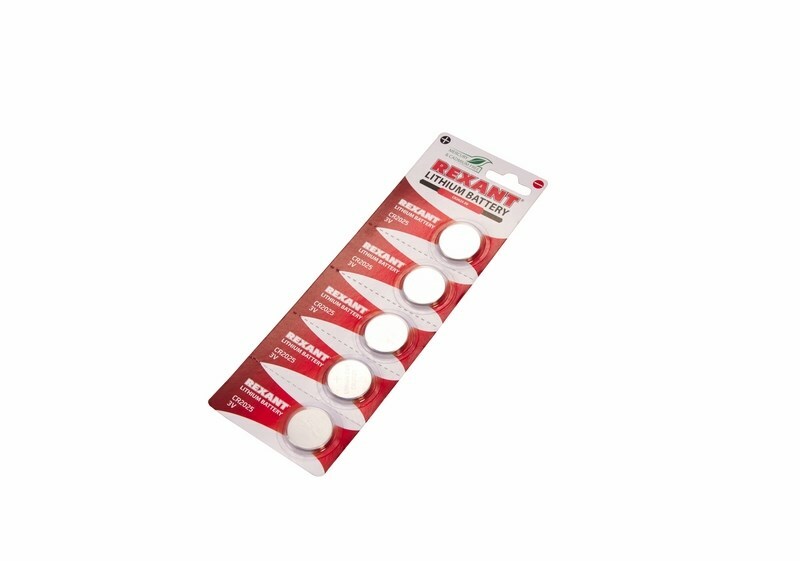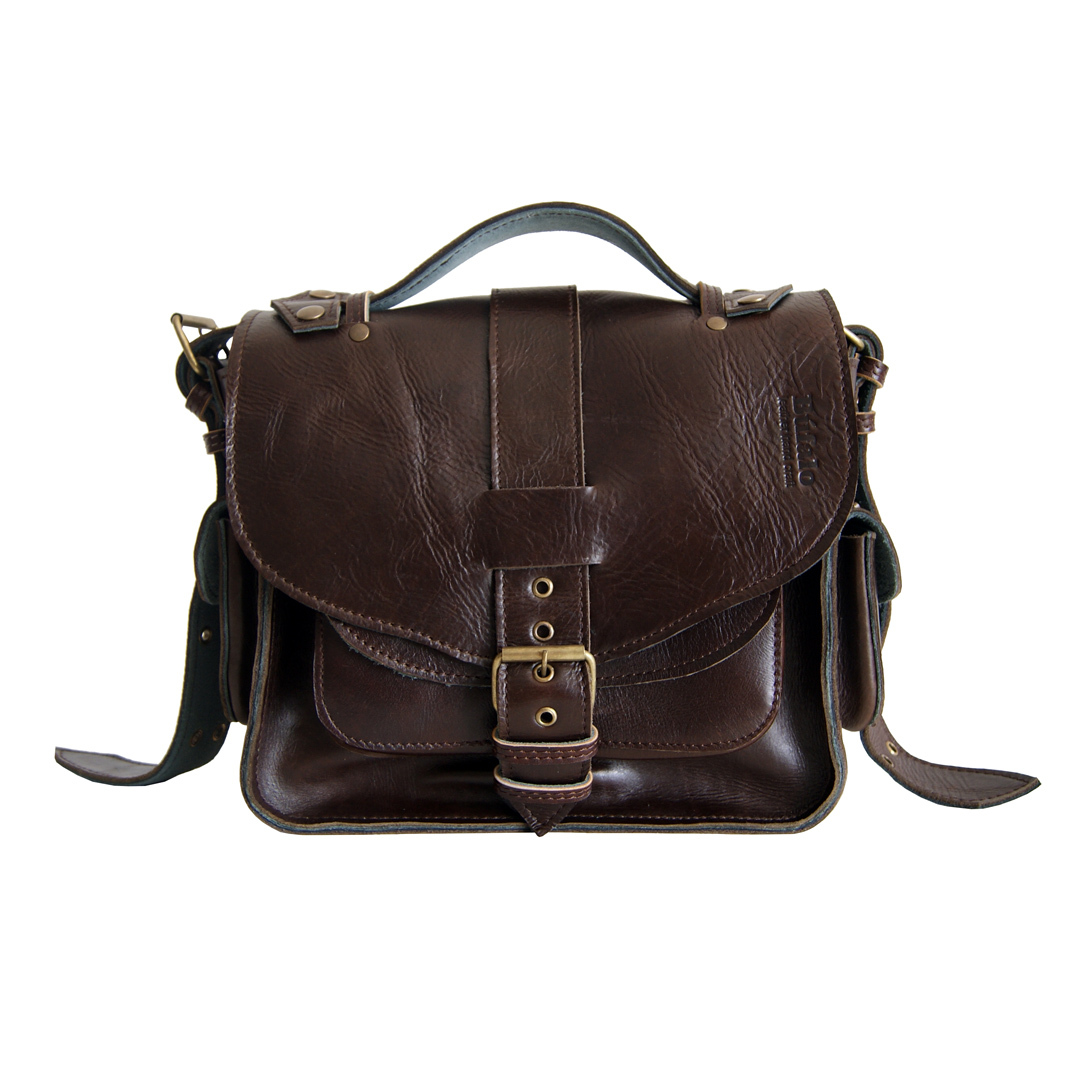
- Matting technology
- Sand application
- Chemical method
- Mechanical method
- Care
Matt glass in everyday use is no less popular than usual. The velvety surface looks unusual and very beautiful. Window and door inserts, decor for cabinet furniture, utensils, lamps - that's far from the full field of use. From this article you will learn how to make glass frosted at home to give the interior more originality and softness.
to the contents ↑Matting technology
There are different methods:
- Using sandblasting equipment.
- With the use of chemicals.
- Mechanical impact on the surface.
Important! The first method is used in industry. The other two are quite suitable for making frosted glass in the home, subject to the order of the actions.
to the contents ↑Using sand
In this case, glass matting with your own hands provides for a special machine or sandblasting machine. If you use a machine, then with the help of water and a trickle of sand, a matte surface is obtained, which can preserve its texture for a long time.
Unlike the machine, the sandblast gun operates with dry sand, which is fed from a nozzle under high pressure. This method has a limited scope of use. It can be used only for glasses with a thickness of 5 mm, since a 3 mm layer is removed during processing.
Important! This method is the most expensive, requires the presence of a special room and devices to protect the master from glass dust. A significant disadvantage is the high energy intensity of this method. Most of the equipment operates on a three-phase current of 380 V. In addition, it is necessary that the grains of the same size. Too large grains of sand may leave noticeable damage to the surface or completely break glass.
to the contents ↑Chemical method
This is a much more accessible technique for those who are interested in making frosted glass with their own hands. The chemical technique is also called etching, because after applying special tools, the upper part of the glass turns out to be opaque.
Important! The method is available with the proviso that only a non-toxic solution or paste can be used at home. In this case, you can make a surface with different degrees of transparency. Most of the funds are based on 40% hydrofluoric acid.
Paste for glass matting with your own hands is the most common option. It is applied with a spatula, it is also very easy to remove. The holding time is indicated on the packaging. The thickness of the applied layer of the paste is about 4 mm.
Important! A variation of the chemical method is the application of white or translucent tiny particles of paint from polyurethanes to the surface. After the application, the glass is dried in a specially designed chamber. The minus of this method is that the applied paint is quickly erased.
Self-made matting paste
There are 2 ways of producing this composition on its own:
- With liquid glass.
- With hydrofluoric acid.
Liquid glass paste:
- Dilute the "water glass" with a small amount of distilled water.
- Add the tooth powder to the mixture and mix until smooth.
- Adding a small amount of ultramarine or rusks gives a tinting effect.
- Apply the resulting paste with a velvet roller.
- After drying, rinse with warm water.
Important! Apply matirujushchie pastes it is necessary only on a dry pure glass.

Pasta with hydrofluoric acid
You will need:
- Distilled water - 25 parts.
- Sodium Fluoride - 2 parts.
- Gelatin - 1 part.
How to prepare and apply:
- Mix all ingredients until a uniform mass is obtained.
- Apply the mixture on the glass with a roller, and after drying, rinse with water.
- After drying, treat the surface for 1 minute with 6% hydrochloric acid. As a result of the chemical reaction, hydrofluoric acid forms, creating a matte effect.
Important! Use this tool for drawing drawings can not, because it flows under the stencil.
to the contents ↑Mechanical method
Its essence lies in engraving and polishing glass. This is a fairly effective method, since the glass retains its original appearance for a long time and looks beautiful.
What is the difference between engraving and grinding:
- Fine sand and special grinding wheels are used for grinding. In the process of working, water is used, since during grinding a lot of dust, including glass, is formed.
- Engraving is done with a nozzle. When pressing on the glass, there is a rough trace. Engraving is used for drawing drawings and inscriptions.
Important! The easiest way for those who are interested in how to make glass frosted at home is the use of films. Matting film is glued to the glass on the reverse side, and it ceases to be transparent. Minus the use of films - in a limited field of application. Use the method only on flat or slightly rounded surfaces.
to the contents ↑Care
How do frosted glass, you learned. Now - about care of the matted surface. Treated glass requires more careful care than usual. The smallest chipping on the surface delays the dirt, which is worth a lot of work to remove. When buying detergents, be sure to familiarize yourself with their composition and the basis:
- Do not use drugs that have in their composition silicone and fluoride.
- Well suited for the care of frosted glass water with the addition of a small amount of vinegar.
- For wiping surfaces, microfibre or suede napkins are best suited.
That's all you need to know about glass matting if you decide to do it at home. Use this information, practiced initially on unnecessary pieces of glass, and when you hone your skills, boldly proceed to decorating the conceived surface.



